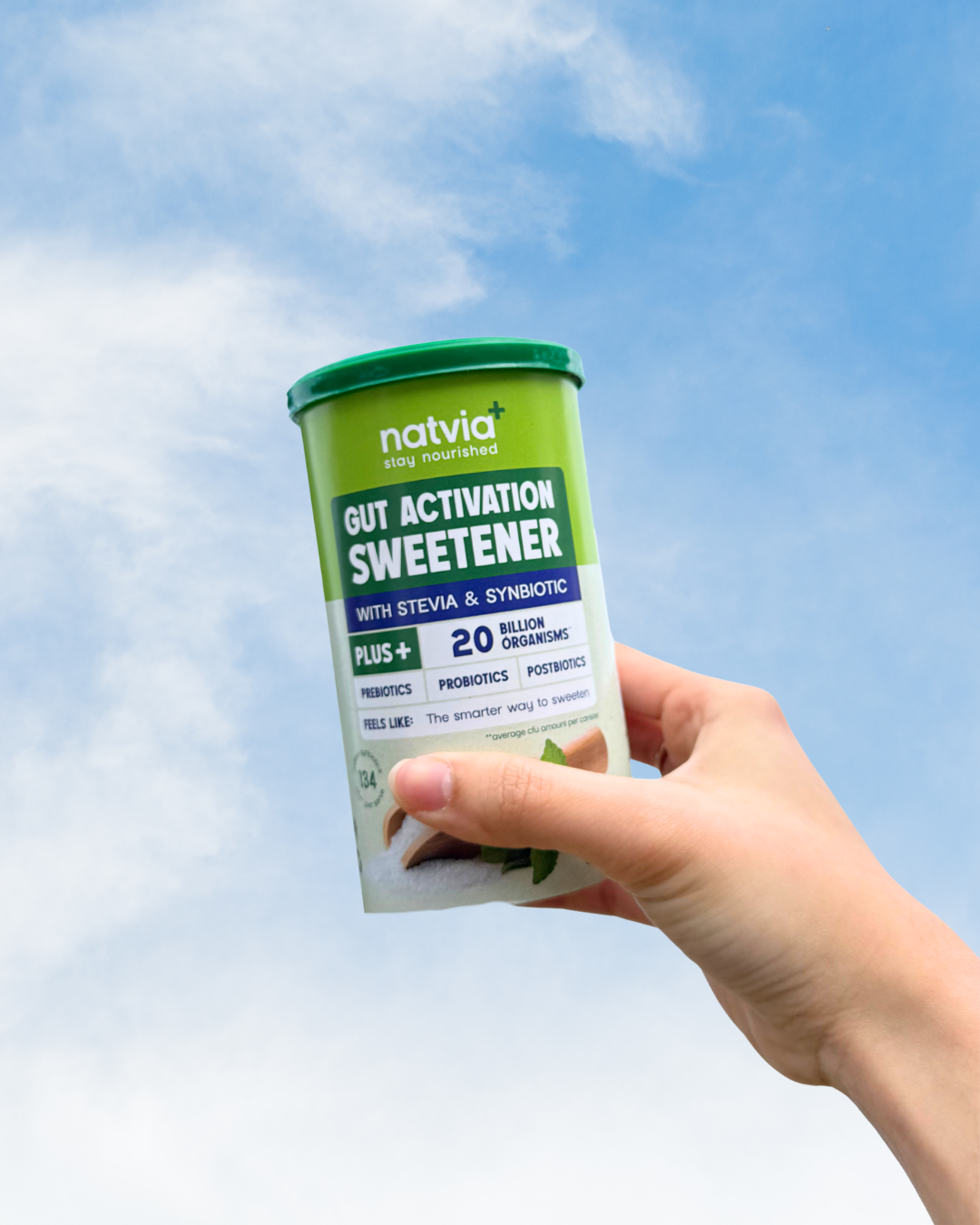Why Do We Have Sugar Cravings?
Many people experience sweet cravings, which can be influenced by various factors, including habits, diet, and lifestyle choices. While occasional indulgence is completely normal, excessive sugar intake can be a concern for those aiming to maintain a balanced diet. Understanding the causes behind sugar cravings and adopting effective strategies can help individuals manage their cravings in a way that supports their overall well-being.
What Causes Sugar Cravings?
Several factors may contribute to sugar cravings, including:
1. Habitual Consumption of Sugary Foods
Regular consumption of high-sugar foods may influence cravings over time, as the body becomes accustomed to quick sources of energy from sugar.
2. Fluctuations in Blood Sugar Levels
Changes in blood sugar levels, such as rapid spikes followed by sudden drops, may lead to an increased desire for sugary foods. Choosing nutrient-dense foods that provide a steady energy release may help balance these fluctuations.
3. Emotional and Psychological Factors
Some individuals may experience cravings as a response to stress, boredom, or emotional fluctuations. Finding alternative ways to manage emotions, such as engaging in hobbies, physical activity, or mindfulness practices, may support overall well-being.
4. Nutrient Deficiencies
While research on this topic is ongoing, some experts suggest that a lack of certain nutrients (such as protein or fibre) may influence overall food choices. Ensuring a varied diet that includes a balance of proteins, healthy fats, and fibre may support satiety.
Tips for Managing Sweet Cravings
If you are looking for ways to balance your sugar intake while still enjoying a satisfying diet, here are some general strategies that may help:
1. Incorporate Balanced Meals
Including a combination of proteins, healthy fats, and fiber in meals may promote satiety, which could help reduce the desire for quick sugar fixes. Foods such as nuts, seeds, lean proteins, and whole grains can be beneficial additions.
2. Stay Hydrated
Sometimes, the body may signal hunger or cravings when it actually needs hydration. Drinking enough water throughout the day may help individuals differentiate between thirst and hunger.
3. Choose Natural Sweetness
For those who enjoy a sweet taste, alternatives such as fruits or naturally derived sweeteners like Natvia Stevia may be an option. These alternatives can be incorporated into recipes and beverages while maintaining a balanced approach to sweetness.
4. Practice Mindful Eating
Being mindful of eating habits, including recognising genuine hunger versus emotional cravings, can help individuals make more intentional food choices. Eating slowly and focusing on flavours and textures can enhance the eating experience.
5. Ensure Adequate Rest
Research suggests that lack of sleep may influence appetite-regulating hormones, which could affect cravings. Prioritising good sleep hygiene may support overall health and well-being.
6. Manage Stress Levels
Finding ways to manage stress, such as through relaxation techniques, physical activity, or engaging in enjoyable activities, may help reduce the likelihood of emotional eating.
7. Prepare Healthier Snacks
Having nutritious snacks readily available can help individuals make balanced choices. Options like yogurt, nuts, or whole fruits can provide a combination of fibre and protein for sustained energy.
Final Thoughts
Managing sweet cravings is a personal journey that may look different for everyone. By focusing on balanced nutrition, hydration, and mindful eating, individuals can develop habits that align with their wellness goals while still enjoying the flavours they love.
Sources:
- Harvard T.H. Chan School of Public Health: Carbohydrates and Sugar
- American Heart Association: Managing Sugar Intake
- National Library of Medicine: The Impact of Sleep on Dietary Choices





